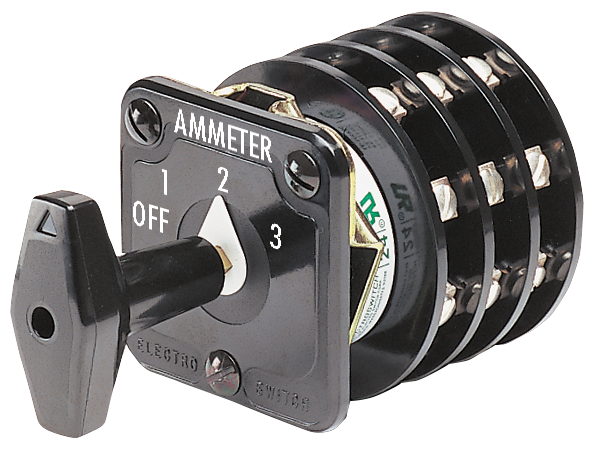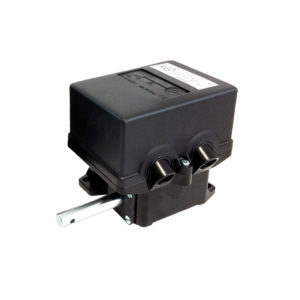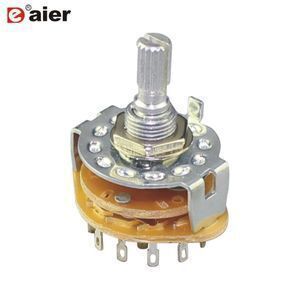They can be configured with up to 12 contacts for signaling and combined with other accessories like encoders and potentiometers to achieve your desired result.
Rotary gear limit switch working principle.
Rotary limit switches rotary limit switches are electromechanical controls consisting of an input shaft gear reducer signal transmitter and limit or safety switches.
This is the switch.
New limit switch fgr2 ex certified atex and iecex in aluminum and antistatic plastic case suitable for use in zone 2 gas and zone 21 dust.
The working principle of the rotary switch is.
The actuator is the part of the switch which physically comes in contact with the target.
The push button is actuated by hand whereas the limit switch is operated mechanically.
Springer controls offers rotary limit switches with input ratios from 1 1 to 8100 1.
The main function of the limit switch is to open or close an electric circuit when the physical limit of the operation of the controlled device has reached.
Change the resistance value within a range and then there is a contact switch.
If desired encoders resolvers power interfaces or potentiometers can also be integrated consult category position transducers for additional product information.
The device works through a gear transmission drives a cam system operates on 4 or 6 microswitches that after a certain number of revolutions predispose the engine or equipment at startup or at the stop.
Custom input ratios are available on request.
Rotary limit switches may use mechanical or solid state means to detect an object and switch a load.
Limit switch working principle the limit switch is like a 1 no 1 nc push button.
In some limit switches the actuator is attached to an operating head which translates a rotary.
Single pole single position rotary switches are often used together with rotary potentiometers in operation.
Drive mechanisms are classified into three types as shown in the following figure.
Multi pole multi position rotary switches are mostly used to switch operating conditions.


























